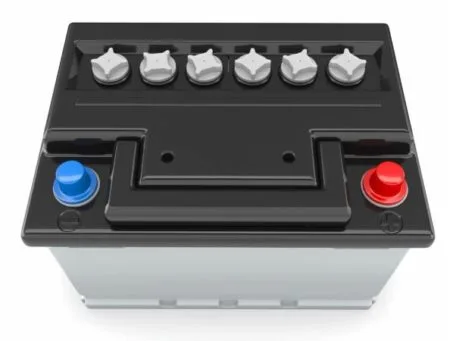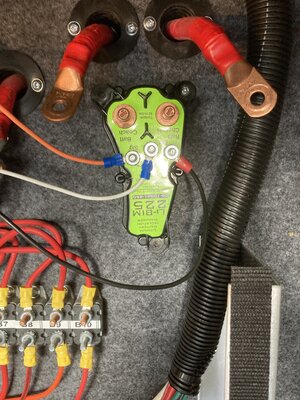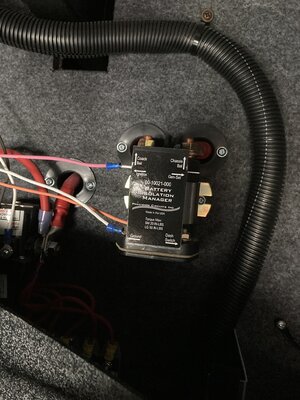Hi Kevin, I am not sure where you found those numbers, but they do not reflect generally accepted values for LA batteries. I have never seen anyone claim 80% soc as a cycle nor that LA batteries only have 365 cycles before they are exhausted….
Learn about the limitations of lead acid batteries and why exceeding their recommended usage can drastically shorten their lifespan.

www.powertechsystems.eu
I think it came from batteryuniversity but couldn't find it. However I can support my claim with data that shows typical cycle life.
Cycles vs Lifespan
A battery "cycle" is one complete discharge and recharge cycle. It is usually considered to be discharging from 100% to 20%, and then back to 100%. However, there are often ratings for other depth of discharge cycles, the most common ones are 10%, 20%, and 50%. You have to be careful when looking at ratings that list how many cycles a battery is rated for unless it also states how far down it is being discharged. For example, one of the widely advertised telephone type (float service) batteries have been advertised as having a 20-year life. If you look at the fine print, it has that rating only at 5% DOD - it is much less when used in an application where they are cycled deeper on a regular basis. Those same batteries are rated at less than 5 years if cycled to 50%. For example, most golf cart batteries are rated for about 550 cycles to 50% discharge - which equates to about 2 years.

Battery life is directly related to how
deep the battery is cycled each time. If a battery is discharged to 50% every day, it will last about twice as long as if it is cycled to 80% DOD. If cycled only 10% DOD, it will last about 5 times as long as one cycled to 50%. Obviously, there are some practical limitations on this - you don't usually want to have a 5 ton pile of batteries sitting there just to reduce the DOD. The most practical number to use is 50% DOD on a regular basis. This does NOT mean you cannot go to 80% once in a while. It's just that when designing a system when you have some idea of the loads, you should figure on an
average DOD of around 50% for the best storage vs cost factor. Also, there is an upper limit - a battery that is continually cycled 5% or less will usually not last as long as one cycled down 10%. This happens because at very shallow cycles, the Lead Dioxide tends to build up in clumps on the the positive plates rather in an even film. The graph above shows how lifespan is affected by depth of discharge. The chart is for a Concorde Lifeline battery, but all lead-acid batteries will be similar in the shape of the curve, although the number of cycles will vary
The Northstar blue+ is my battery of choice...

 www.powertechsystems.eu
www.powertechsystems.eu
















